Last Updated on November 1, 2023 by admin
Solar energy system losses directly impact the overall solar panel’s performance, energy efficiency, and power output. Various factors affect the power production of a solar PV system. The solar module characteristics as well as solar system design, orientation, and configuration all ensure the output of a solar energy system. Any solar PV issue with these factors becomes the reason for solar energy system losses. However, the best solar design and installation services reduce the risk of system loss issues in a solar panel system.
To help homeowners, in this article, we will highlight the 10 solar energy system losses that might occur in a solar PV system. We will describe some of the reasons for energy loss in the solar energy system. Also, we will come up with some solutions for increasing the performance of your system.
Check out the Estimated Solar Cost of your home INSTANTLY!
Its 100% FREE
You can have a quick idea about the cost of switching to solar
Our Energy professionals are one call away for advice
Important Points To Remember:
- The average cost of solar panels for homes fluctuates from state to state.
- The total cost for just solar panels is just 15% the rest is the cost of add-ons.
- Solar panels, inverters, and batteries are some of the critical components that determine the overall cost of the system.
- The electricity usage, the available roof space, and the amount of sunlight your area receives determine the size of the system.
- The labor cost will depend on the complexity of the installation, the number of workers required, and the time taken to complete the job.
- If your panel suffers from extensive damage, then it may be cheaper to replace them.
What is in this Article:
10 Common Solar Energy System Losses
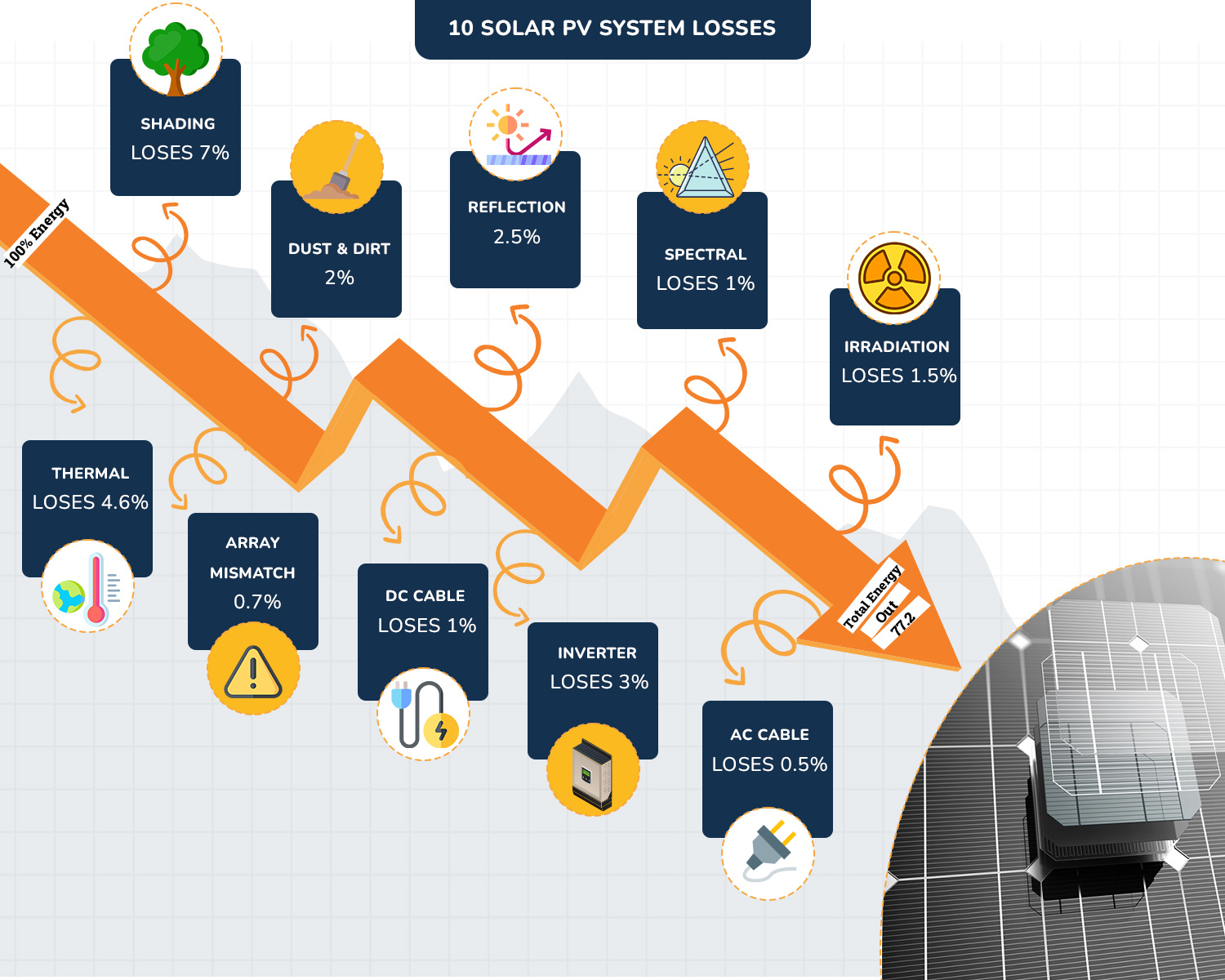
1- Shading Effects on Solar Panel System
Shading impacts directly solar energy panels’ performance. The shade will decrease the efficiency of the PV system because this interrupts sunlight from directly hitting the panels. This issue can be more severe sometimes depending upon the shading condition. If half of the energy panels are under shade, it will then affect production. Therefore this system loss issue is important.
But, on the other hand, A good solar design can solve this issue and decrease the degradation rate. Routine maintenance practice is also the solution to avoid this system loss. This solar panel system maintenance activity will help you to ensure that your panels are not overshaded.
Another type of shading is “Soft Shading”. This type refers to the shadow made by the clouds. This issue may occur in some geographical locations where there are clouds. Soft shading generates diffused light. But this is not as serious an issue as the shading of the object.
Solutions for Solar Shading Issue
Adding By-Pass Diodes: Nowadays, by-pass diodes are fitted with energy systems. This helps the current to flow around those solar panels cells which may not work due to under-shading. This is the cheapest solution to deal with the solar panel shading problem. But also, the diodes are not lifelong solutions because of failure issues.
According to a recent study, the operating conditions for most PV systems are more brutal than those we use in laboratory testing. It accounts for 47% of failure rates. However, there are better methods for both increasing output and minimizing output losses from the shade.
Built-in Micro Inverters in Solar Energy System: Solar inverter are installed with PV system to convert DC power into AC. Now if one solar panel is under shading, due to the series connection, the output will not reduce as much as in the case of shading it can.
Also, a micro-inverter that converts DC to AC and sends the energy to a central box for further distribution can be installed on each panel as one solution. This prevents the output of one solar panel from affecting the performance of the others.
Addition of Solar Optimizers: Each PV panel has a DC optimizer, which uses the MPPT function (Maximum Power Point Tracking) to work. They transmit the voltage to a typical string inverter instead of converting DC to AC. The panel voltage converts into current to make up for the shortfall when the optimizer notices a reduced current caused by shading effects.
2- Dust Effects on Solar Performance
Dust particles also impact the performance of the solar photovoltaic system. While making a solar design and calculations, energy experts should consider this energy system loss also.
The dust effect factor mainly depends upon the geographical location of your home. Like, if the house is in such an area where it is all year round, the dust loss will be less. However, if the home location is in a dusty weather area, the PV system loss in such areas cannot be ignored because of the higher ratio.

The solution to deal with the dust factor is Solar Panel Cleaning. Solar professionals recommend cleaning solar panel arrays once every six months. This not only increases energy output by 3 to 5% on average but also improves efficiency by up to 25% in really dusty places.
3- Solar Cell Array Optical Losses
Light photons interact with the P-N junctions in the solar cell’s crystalline structure to produce energy in solar cells. Optical losses happen when light bounces off the panel’s surface rather than being smart switches australia absorbed into it to interact with the electrons.
This is a feature of the panel design, and it stands as the focus of continuing research into increasing panel effectiveness. The difficult part is increasing light absorption while minimizing surface reflectance.
This type of solar energy system loss can be overcome by adding another type of light-trapping mechanism or “roughing up” the surface with granular paint additives.
4- Solar Cells Spectral Responses
This system loss is about the output of different types of wavelengths that solar cells receive. Solar energy cells do not use all sun’s wavelengths. There are different frequencies, but the most common ones are 4% UV, 54% infrared, and 43% visible light. To enhance electrical output, manufacturers work to design panels so that they offer a generic, broad response.
5- Solar Energy System Loss Due to Irradiance Level
System loss due to irradiance level shows the reduction in solar efficiency when the irradiance level decreases from the STC rating (Standard test Conditions) of 1000W/m2 to a low irradiance of 200W/m2. It is averaged out for practical reasons at 1.5 percent.
Energy production is not linear. As efficiency decreases, a value needs to account for energy loss both during the design process and over the PV system’s lifetime.
6- Solar Panel Cells Thermal Loss
A solar cell loses 0.5 percent of its output for every 1 degree C above the STC-rated temperature of 25 degrees C. That is why this is the most important loss in the energy system. This loss is due to an intrinsic feature of the solar cell structure.
However, there are some innovative suggestions for minimizing thermal loss. Many involve creating natural airflow channels by drilling holes or wide slits through the aluminum framework.
Among other recommendations, one of the solutions is the hybrid PV thermal solar panel. This cools the face of the solar cells with water and recovers the heat for use in the building.
7- Solar PV Modules Mismatch Loss
When two or more solar panels in an array produce differing amounts of energy, there is a mismatch between the solar modules. Two factors may contribute to this. One is the partial shade. Another is variations in the electrical properties of the solar cells.
From a car part to a solar cell, everything has a tolerance level. In the case of solar panel cells, this ranges from +/-1.5 to +/-5 percent. In essence, this means that solar modules made from these cells won’t generate the same amount of electrical energy.
Anyhow, using panels with integrated micro-inverters or adding panel-level electronics like DC optimizers is the best option.
8- Solar Panels DC Wiring Losses
It is not possible to eliminate DC cable losses. This is because whenever current flows, it will lose energy. The only thing we do is to minimize the loss as much as possible.
Although, 2 percent is acceptable. Designers strive to keep DC cable losses to less than 1% of the peak power output of the entire solar panel system.
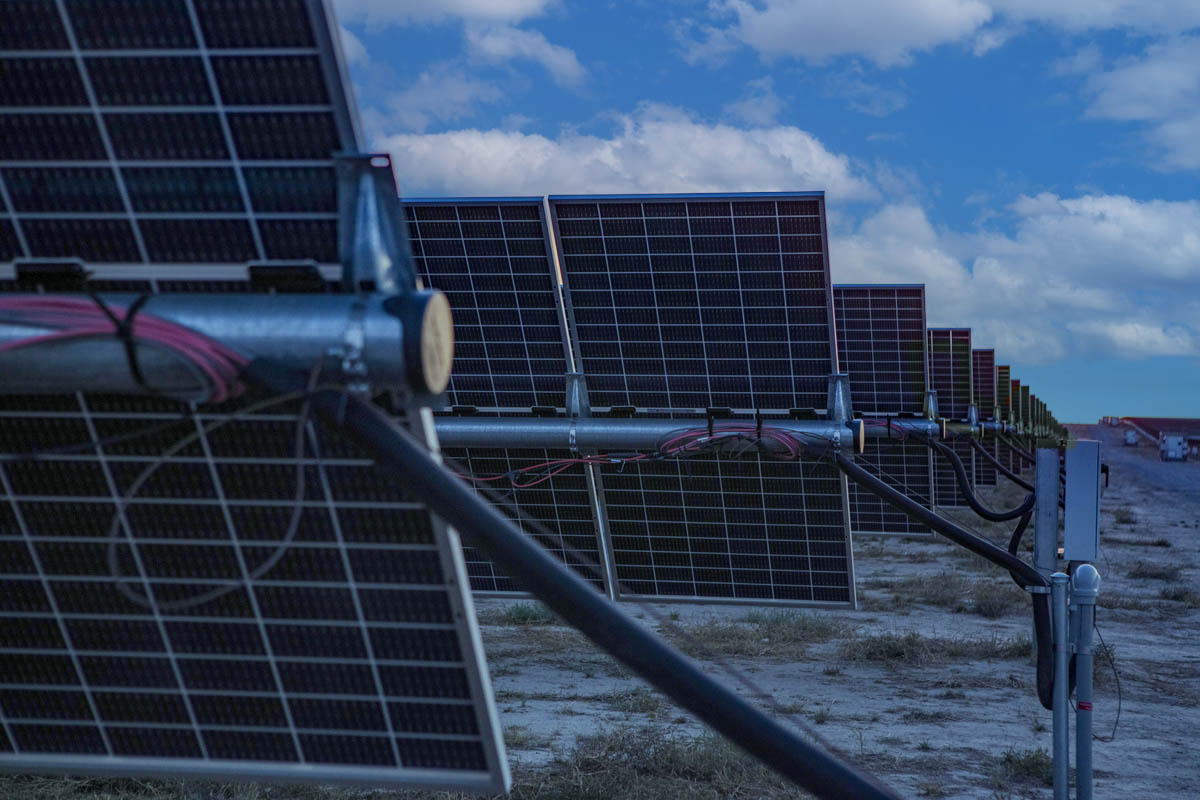
Moreover, when current flows through the cables, their electrical resistance causes a voltage drop as well as power loss in the form of heating. The heating effect is a factor across connections and gets worse the higher the current.
The two basic strategies for reducing DC cable loss are proper design and routine electrical maintenance.
9- Losses in Solar Power Inverters
The efficiency of the most popular type of inverter, the string inverter, is 97 percent. It means that for every 100kWh, 3kWh will lose.
Temperature and load are two of the key variables impacting solar inverter efficiency. If the unit is positioned outdoors or inside, make sure it is well-ventilated and sheltered from the sun’s glare.
The efficiency curve of inverters is similar to that of most devices with maximum efficiency occurring around the maximum working load. This is typically not a problem until the inverter load goes below 25 to 30 percent, but below this point, it drops sharply.
10- Energy System Voltage Drop
As the current flows into the electrical circuit, a voltage occurs due to the resistance of the wires. This principle, known as a voltage drop, leads to a minor loss of output from your solar array. A longer wiring run adds more resistance to the circuit which leads to a higher voltage drop. It is generally considered best practice to keep the voltage down to 3% or less, although many devices fall far below that level.
Voltage drop has a straight effect on the production of the solar system. If the wiring run is too long, your panels can not supply the inverter with enough voltage. The quality of the entire solar system will suffer.
Why does Voltage Drop matter?
Voltage drop has a straight effect on the production of the solar system. If the wiring run is too long, your panels can not supply the inverter with enough voltage. The quality of the entire solar system will suffer.
How to Reduce Voltage Drop?
Minimize the duration of the wiring process
As longer wiring runs lead to more voltage drops, the best solution is to make the wiring run as short as possible. When you build your system, plan a configuration that holds system components close to each other. If your wiring run is less than 100, ‘your device can already have less than 3 percent of the acceptable voltage drop without any further design adjustments.
Using a larger wire dimension
Some people need to go on a longer wiring run solely for practical purposes. It’s almost like using a wider hose. The wires have a higher capacity, which means less resistance, essentially making the system more efficient.
Consider the location of the inverter carefully
AC wiring (from your inverter to your service panel) can be more vulnerable to a voltage drop than high-voltage DC wiring, although sometimes the opposite is true. It all depends on the circuit’s voltage: different equipment works at different voltage levels. The side of the circuit that operates at a high voltage has more “push” behind it, which decreases the effect of voltage drop. As a result, the inverter should be mounted near the lower-voltage end of the circuit to mitigate the impact of the voltage drop during the wiring run. If the DC voltage in the solar panel is more than the distribution panel, place the inverter closer to your utility panel. If the DC voltage in the solar panel is less than the distribution panel, place the inverter close to the solar panel.
Build a higher voltage system to overcome resistance
Instead of (or in addition to) using a larger wire to minimize resistance, this resistance can be overcome by using higher-voltage products. In certain cases, you can prefer particular brands and products designed to work at higher voltages.
Best Strategy for Solar Energy System Losses Reduction
Concludingly, the majority of solar PV losses are related to design flaws or component characteristics. To maximize output, the installation might choose the right cabling and pay particular attention to both nearby and far-off shading.
Also, Installing the most recent DC optimizers or micro-inverters can significantly reduce mismatch loss or other impacts by partial shade.
Moreover, Regular cleaning and solar maintenance guarantee that the maximum amount of solar energy reaches the panel’s surfaces and prevents shade caused by plant growth.
For premium solar installation services, contact Solar SME at 214-556-8288 or request a FREE quote for estimation.


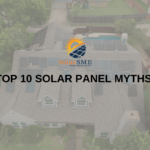
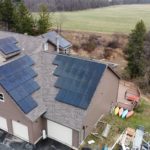
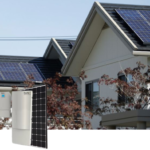
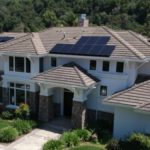
2 thoughts on “Solar PV Issues: Top Solar Energy System Losses”
Very informative, thanks.
You can certainly see your skills within the work you write. The arena hopes for more passionate writers like you who aren’t afraid to say how they believe. All the time go after your heart. “Man is the measure of all things.” by Protagoras.
Comments are closed.